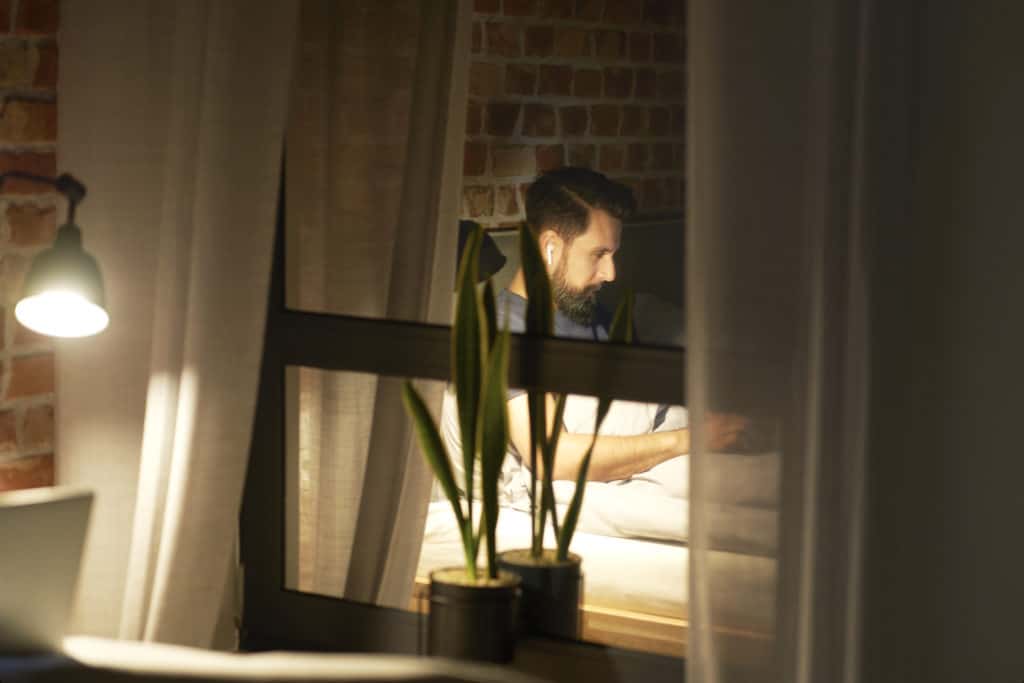Choosing a shingle color can affect the energy efficiency of your home. For example, a lighter color will absorb heat more effectively. On the other hand, the darkest color will increase your attic’s temperature slightly. Choosing a shingle color that compliments your home’s siding is also essential.

Less reflective shingles lose heat faster.
Reflective shingles reduce the temperature inside the home, which means lower energy and utility bills. But not all reflective shingles are created equal. Deeper colors, for example, are associated with less solar reflection. Many asphalt shingles lack solar-reflecting granules.
To make the best choice, check the SRI rating of your shingles. The SRI rating measures how reflective your shingles are compared to the solar reflectance of the sky. A higher number means more reflectiveness. A lower number means the roof will lose heat faster.
When choosing the color of your shingles, choose a lighter shade for the hotter weather. Darker colors are less reflective, so that they will lose heat faster during the summer. If you live in a colder region, use a darker color, as it will absorb heat faster. Moreover, dark hues will help melt snow faster if you live in a winter climate.
The color of your shingles plays a significant role in your home’s overall temperature and energy efficiency. Choosing darker shingles will warm your attic during sunny days, while lighter shingles keep your home cool at night. However, the color of your shingles can affect the aesthetic appeal of your home too.

Reflective shingles absorb and hold heat more efficiently.
Reflective shingles are made with special granules which reflect solar energy more efficiently. These granules are fused to the top surface of asphalt shingles. These shingles are then treated with special coatings, which increase their emissivity and reflectivity. These granules reflect 20% more solar energy than standard dark-colored shingles. In addition, their higher emissivity helps them stay more relaxed.
The most advanced solar reflective shingles can reflect up to 40% of the sun’s rays. These shingles are usually lighter in color since it is difficult to find 100% reflective shingles. However, reflective shingles are imperfect because dust, pollen, algae, and other dirt can reduce their reflectivity.
The development of solar reflective shingles is a long process. It requires time to refine and test new materials and develop reliable methods for evaluating their efficiency. An independent organization called the Cool Roof Rating Council develops reasonable standards to evaluate solar reflective roofing products. The Council uses a three-year weathering test to evaluate the effectiveness and longevity of solar reflective roofing products.
You can use reflective shingles to reduce home heating bills. Darker shingles are more heat-absorbing, while light-colored ones are less efficient. Darker shingles can help keep the attic and lower floors more relaxed during the summer. In South Carolina, summer temperatures can reach 120 to 140 degrees. Hence, no shingle will be able to keep the inside of a house cool in 90-degree weather.

Lighter shingles absorb and hold heat better suited for colder climates.
Light-colored shingles will absorb less heat from the sun, keeping your house cooler. On the other hand, dark-colored shingles will absorb more heat, but they are better suited for colder climates, as they quickly release heat and make snow melt. The choice of shingle color also affects the appearance of your home. Light-colored shingles go well with lighter-colored walls, while dark-colored shingles look better with darker-colored interiors.
The color of shingles affects curb appeal too. A darker-colored roof can contrast with architectural elements, while lighter shingles can simplify lines and angles. If you’re unsure which color is right for you, try comparing a variety of shingles from different manufacturers. The professionals at your roofing company will be able to offer you a consultation at no charge.
The color of shingles also affects insulation. A darker roof absorbs heat more than a light-colored roof. In South Carolina, summer temperatures can range from 120 to 140 degrees, so a lighter shingle is more appropriate for hotter climates.
While darker-colored shingles lose heat faster during the day, they can retain heat during cooler months. However, their color does not directly correlate with your home’s temperature. It all depends on the season and climate. While dark-colored shingles are better for cooler climates, they may melt faster than lighter ones.
A dark-colored roof can make your house look smaller than it is. Light-colored shingles will reflect more light and stay cooler in sunlight. In addition, they may last longer. And, since they reflect light, they may help you save on your heating and cooling costs.
Choosing a shingle color that goes with the rest of your home
Choosing a roofing shingle color will affect your home’s appearance and energy efficiency. However, energy efficiency is not the only factor when choosing a shingle color. The color of your roof also affects your home’s resale value and neighborhood restrictions. Choosing not negatively affects indoor temperatures is essential.
If your home has bright, colorful siding, you’ll want to choose a complementary shingle color. Ch is essential, a shade that complements the rest of your home’s exterior, if possible. Otherwise, you could end up with a house that doesn’t sell as quickly.
To determine which color goes well with your home’s exterior, look at the colors of your neighbor’s homes. You can use a dark, neutral color if you live in a neighborhood with many red houses. This color will coordinate with your house’s exterior and architectural style.
Choose a roofing shingle color that goes well with your home’s overall appearance to maximize energy efficiency. Dark shingles will contrast light colors and look out of place in sunny spots. On the other hand, light neutrals will look bland in bright light.
In addition to energy efficiency, color also affects the temperature of your attic. Dark colors absorb heat, while light colors reflect it. While this makes dark-colored shingles better for cold climates, it is not always the best choice if you live in a hot climate. For warmer climates, lighter colors can reduce air conditioning bills by keeping your home cooler in the summer and warmer during winter.
While color plays a vital role in resale value and curb appeal, it is also essential to consider energy efficiency. The color of a roof can influence your home’s temperature by as much as 40 degrees Fahrenheit. If you choose a darker-colored roof, it will keep your attic warmer on sunny days.
Light-colored shingles absorb less heat from the sun and will keep your home cooler. In addition, dark shingles tend to release heat more quickly and may also help prevent ice and snow from building up on the roof.



